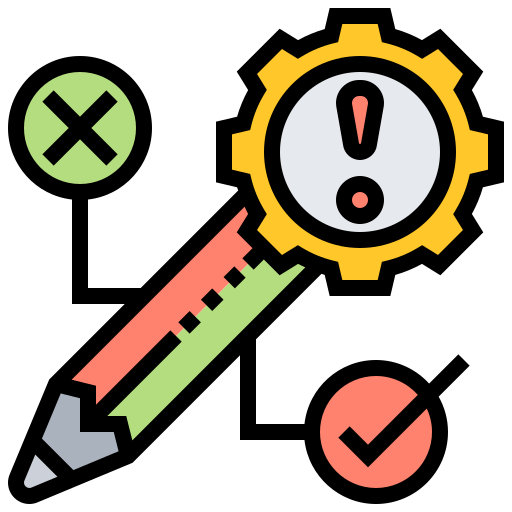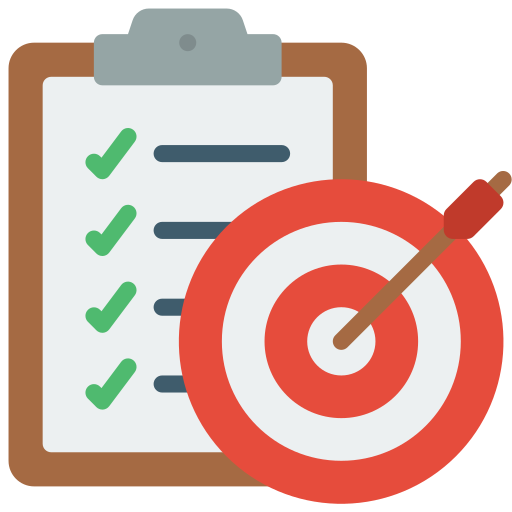Components of a Learning Objective
As we start this topic, it is good to stop and think about what we are really trying to teach the students in our classes. What do we actually want them to learn? What is it that we want them to achieve? What precisely is it that they should gain through being in our classes?
What are Learning Objectives?
Watch the below video by our expert Ms Navpreet Brar where she is explaining the ‘what’ and ‘why’ of learning objectives.
Learning Objectives (LOs) are brief, clear statements about what students will be able to do. They indicate to the teacher and students, both what the lesson (or a set of lessons) aims to achieve for students, or what students will learn by the end of those lesson(s).
How to formulate Learning Objectives?
A Learning Objective has 3 basic components:

PERFORMANCE: What do you want students to know, understand, or be able to do as a result of the learning activity? This is the main action verb of the Learning Objective. It’s the most important part of a Learning Objective, and we must be clear in what we want our students to do or know.
For example, Students identify triangles by selecting all of the paper triangles out of a selection of 2D shapes.
CONDITION: How will they be able to do it? There are many ways in which we can achieve a Learning Objective, for instance, with help from the teacher or without help, using certain materials, etc. So, what will they use to help them achieve the task: what resources and tools (by using a dictionary, calculator or compass, wooden blocks, the textbook etc.) or support (individually, or supervised, etc.)? What will the environment be like?
For example, Students identify triangles by selecting all of the paper triangles out of a selection of 2D shapes.


CRITERIA: What do we accept as success? This question represents the level of proficiency of a student in terms of quantity, quality, and time. It will help you articulate the exact behaviour or action in students that you would consider as evidence of learning. How fast should they finish? How much and how well should they do?
For example, Students identify triangles by selecting all of the paper triangles out of a selection of 2D shapes.
You can download the infographic below which explains the components of learning objectives and also gives more examples!

Please go through all pages before moving on to the next topic.
